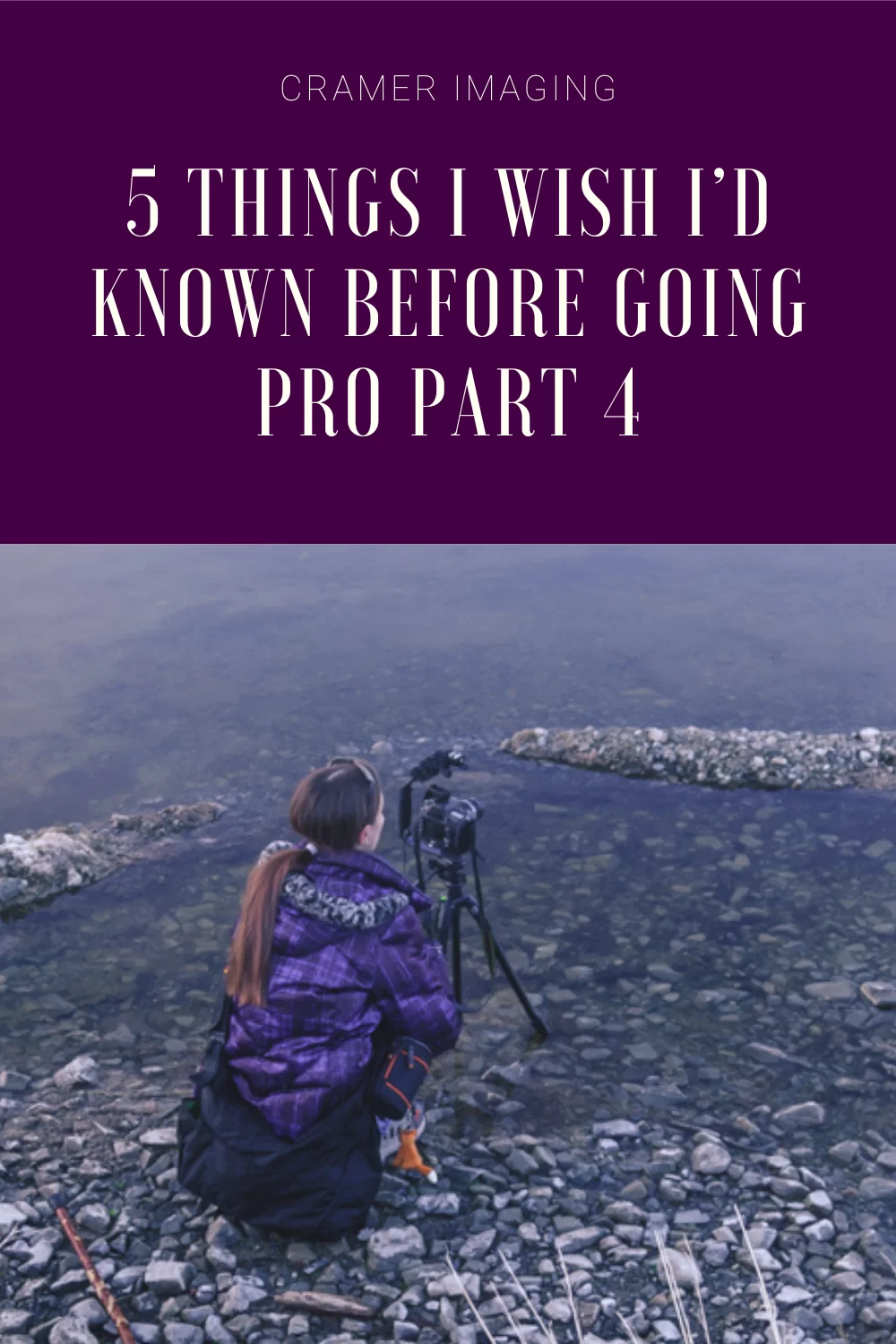
I’ve been a professional photographer for several years now. Over that time, I’ve made a lot of mistakes and missteps. Perhaps I’ve made more mistakes as a pro than I did as a beginner. Since they say that good decisions come from wisdom and experience and also wisdom and experience come from bad decisions, perhaps I should share some of my experience. I’ve already started sharing some in parts 1, 2, and 3. So, here are 5 more tips which I really wish I would have known when I transitioned to a professional photographer.
When you started into photography, you were a beginner. You bought beginner photographer equipment. You sought out beginner-level photography training. In short, you began your journey into the world of photography at the beginner level. As you kept at it, you eventually progressed to the amateur level. You demonstrated some level of competency in your craft. Perhaps, you added a couple of photography accessories to your gear list to help you in your efforts. However, as a professional photographer, you must do more.
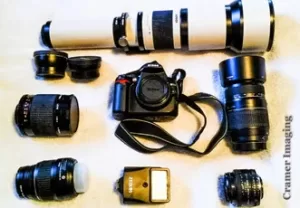
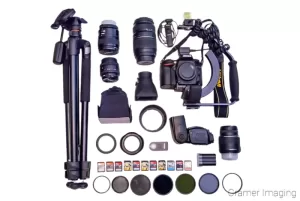
You must upgrade your skills and your equipment to professional level status if you plan on pursuing professional photography. PERIOD. I’m not saying that you must buy the latest and greatest which the market has to offer. No, instead I’m referring to something else entirely.
As a budding professional photographer, I used my beginner level equipment extensively. I relied upon my beginner level composition and processing skills. I also spent years without gaining clients. It took me a while to figure out why. The answer what that I needed to up my game and upgrade my skills and equipment. Once I did that, I noticed a dramatic change in my photography. Suddenly, I started creating the kinds of photos I wanted to for a long time. In fact, I only use and regularly display a select handful of photos created using my amateur-level camera. I’ve reprocessed them with professional-level processing skills.


If you wish to pursue professional photography, like me, then you need a professional-level set of camera equipment. The camera body is the most critical. At a minimum, you need about 24 megapixels. Also, you need the ability to manually control your camera settings so your camera must have PASM modes available. You may find you have further requirements based upon the particular genre(s) of photography you pursue. Astrophotography requires high and low-noise ISO ranges. Sports and action photography requires a large buffer and a fast write speed to memory card. Studio portrait photography often requires syncing strobes with your camera. You get the idea. All of these functions are built into the camera body. If you already own a camera body meeting the minimum requirements of your photography pursuits, then you need not upgrade.
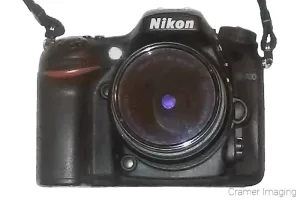
Most lenses will operate well on beginner or professional grade camera bodies. You should only need to upgrade your lenses if you require something niche.
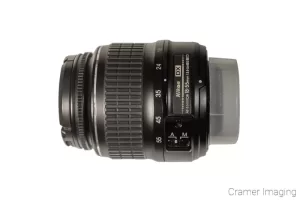
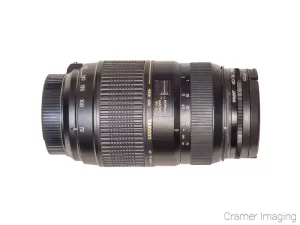
You know by now that the camera accessory market is full of stuff. Most accessories available are for specialized purposes. You won’t need most accessories available for your particular photography genre(s). Still, it won’t hurt to acquire what you need when you need it. In fact, I’ve bought several accessories for my camera which suited my needs and enhanced my photography. Just don’t by EVERYTHING because it’s out there. You won’t need everything.

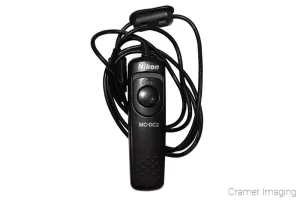
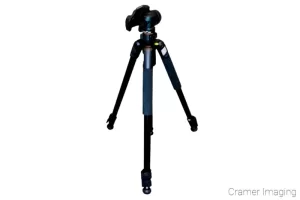
The most important part of upgrading into a professional sphere is upgrading your post-processing skills. As you know, most photos don’t look their best right out of the camera so you must process them up. There are several tools available on the market allowing you to do just that. However, you must know how to use your chosen tools at a professional level before you will create a professional quality photo.
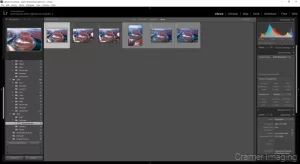
Let’s compare these examples. I used the exact same raw photo to create each version. I created the left sides using my rudimentary processing skills. However, I created the right sides using a professional level of skills I acquired later. I never sold copies of the left versions. In fact, they may be part of the reason my professional photography career didn’t start for a long time. However, I’ve sold copies of the right sides to happy and paying customers. How can I demonstrate the need for professional-level photo processing skills any better?
If you do not upgrade your equipment and training, you may find that they hold you back from achieving your professional photography dreams. I experienced this problem. Once I took the time to upgrade both, I finally began achieving my dreams as a landscape photographer.
Since you’re already a photographer going pro, then you already know just how important your final portfolio is. It demonstrates your competency as a photographer. It shows that you know exactly what you need to do to achieve that final print. As your portfolio is what you use to ultimately land clients, why shouldn’t you take the same care in presenting your portfolio as you take selecting the images for it?



As a photographer going pro, you have several portfolio options available to you. I break those down further in this article about portfolio presentation. Each method produces varying levels of professionalism depending upon how much effort you put into its creation. That professionalism will determine how many and what types of clients/customers you will attract. Take some time to choose the right method(s) of portfolio presentation for the audience you’re presenting to. Your efforts here will pay off in dividends once you dial your presentation into the audience you want.
When going pro with anything, you cannot be lazy. You must go out there and perform the work. As a photographer going pro, that means you must go out there and photograph things. There’s no better way to build your portfolio and experience as a pro than working. While out working in the field (wherever your field is for photography), you develop the knowledge, muscle memory, and other skills necessary for you as a professional photographer. You also build very necessary consistency. We’re previously discussed how important consistency is. You cannot achieve the necessary levels of consistency if you sit around and do nothing.

I spent a few years sitting around and not pursuing much photography. Sadly, I thought I was already good enough. Boy was I wrong. I needed a lot more field practice. Once I very slowly took the necessary time in the field, my photography and other skills improved enough that people would actually pay for my photography. If I wasn’t so lazy and proud, this might have happened to me much sooner.
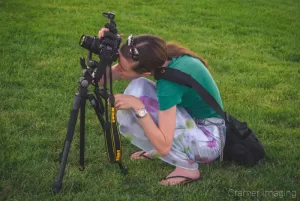
If you don’t have immediate paying customers with projects, then you still should keep busy. Create personal projects, take stock photos, create challenges. The point is to keep learning and growing. You never know when a personal project photo strategically added to your portfolio might land you the right project from the right client.
This point might seem contrary to the last point. However, it’s not. In fact, this point will enable you to complete the last point better. Make sure to take some time for self care while you’re going pro.

For those who don’t know, self care is about making sure that you are at your best. You make down time so that you can rest. Also, you take time to pursue other interests so you don’t burn out. Burn-out and illness are so easy to contract when you’re working as a professional photographer. You need to make sure that doesn’t happen. Take some time to just be a regular human being. Just make sure you don’t slip into the trap of justifying laziness as self care. Then you can meet both points.
It’s a sad fact of life that you cannot please everyone no matter what you do. Someone somewhere will always be disappointed or offended. All you can do as a fledgling business owner is to prepare yourself for this inevitability. I’ve been burned by unhappy customers too.

You may choose to prepare by writing up email templates for customer disputes. Also, you may rehearse lines for verbal negative feedback. Whatever you choose to do, there will always be something you overlook. Someone will come up with a complaint out of the blue. At such times, you can try to be gracious. You can also try to satisfy the customer within reason. However, some customers refuse to be satisfied with anything less than your crucifixion. It will happen.

When the inevitable happens, take some time and review the feedback. See if there is even an inkling of truth. Is there something you could do to improve and make sure this complaint doesn’t happen again? This is, perhaps, a painful process but it will help you out in the end. If the complaining customer is simply being unreasonable or entitled (which happens), then do your best to move on as unruffled as possible. Conflict resolution is not a fun part of any job. However, your approach will determine much of your fate as a fledgling business owner. Do not neglect this part of your customer service strategy.
In conclusion, you can see there are many pitfalls ahead of you as a fledgling professional photographer. You cannot see everything ahead of you when going pro. Hopefully, I’ve outlined some hazards you may face so you may better prepare yourself for what lies ahead. After all, wise people learn from the mistakes of others. Good luck with your photography business endeavors.


Receive monthly updates in your inbox from us.

Join our email-only photo of the week club to get the full stories behind how we captured our favorite fine art landscape photos.
We respect your privacy
No More Results